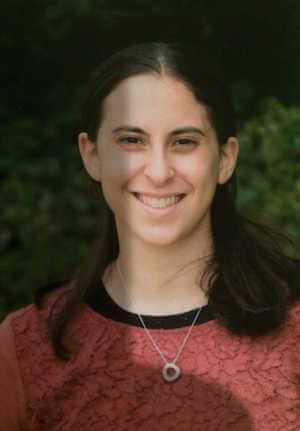To make the study of the Book of Deuteronomy more exciting and relatable to students, this entry integrates the book of Deuteronomy to the book of Kings over the span of the year thereby merging the students’ Chumash and Navi (Prophets) curricula. Through “Mental Velcro” students see how the theoretical messages of Deuteronomy come to life.
Entry Narrative
During the summer of 2016, I struggled as I prepared to teach the book of Devarim (Deuteronomy) for the first time. Devarim primarily consists of Moshe’s final speech to Bnei Yisrael about one month before his death. Naturally, the first thing I did was go through Devarim and pick the topics I found to be integral and that I could anticipate speaking to my students (see Devarim Topics). The topics were fairly mainstream and did not significantly differ from what previous teachers had taught. However, as I envisioned teaching these topics, I was able to foresee a lot of obstacles.
The first issue I found was that Moshe’s speech includes very little narrative and is mostly laws. Generally, students express greater interest towards narratives than they do towards laws, so the loss of a story line would be a challenge. Secondly, the laws mentioned in Devarim are generally very short, meaning that a unit would often revolve around a single verse or two. Teaching so many short units was not ideal as it meant that roughly every week we would be beginning something new. Thirdly, and perhaps most difficult, was the way the laws in Devarim were arranged in Devarim. Often, there is no obvious or logical connection between one law and the law that follows it.
I wanted to find a way to tackle all three of these challenges. I solved the third difficulty first, deciding to teach Devarim thematically and not in the order in which they appeared in Devarim. Teaching these laws out of order did not bother me, since all of Devarim took place in just over a month, so at worst I would be sacrificing a few weeks of chronology in order to create a smoother transition between topics. However, I would still be left with many stand alone laws and no narrative attached.
Finally a solution came to me. My students would be learning Melachim Alef (Kings I) in Navi (see Melachim Alef Topics). Why not try to thematically sync the Devarim curriculum to the Melachim Alef one? Melachim Alef could serve as a backbone narrative while anchoring the stand alone Devarim topics on a larger scale It was worth a shot.
One might wonder if linking Devarim to Melachim Alef is taking Devarim out of context. Perhaps Devarim should be learned in relation to itself and not another book. I would like to argue the opposite, that the Purpose of Devarim is that it be studied outside of itself, with other books, specifically narratives, in mind.
Please enjoy the Ten Units of the Integrated Curriculum . For each unit, I will briefly explain the sections in Devarim as well as the chapters in Melachim Alef and call attention to the connection between them. Please note that Unit 1 and Unit 10 are Devarim only and do not connect to Melachim Alef. Please also read the Reflections from Last Year’s Students in which they describe how the integrated curriculum was beneficial to them. Please also take a look at the Two Exceptions to this curriculum as well as its Applicability.
Entrant Bio(s)
Elana Trombka is in her third year at Bi-Cultural Day School in Stamford, CT. With a BA in Jewish Education from the Legacy program at Stern College and a MA in Bible from Bernard Revel Graduate School, Elana brings her passion for learning and pedagogical instruction into her 6th, 7th and 8th grade Judaic Studies classrooms. Soulful learning is also incorporated into the classroom on a regular basis thanks to the many opportunities to learn under the guidance and leadership of "Ayeka."

This entry has been tagged with the following terms: